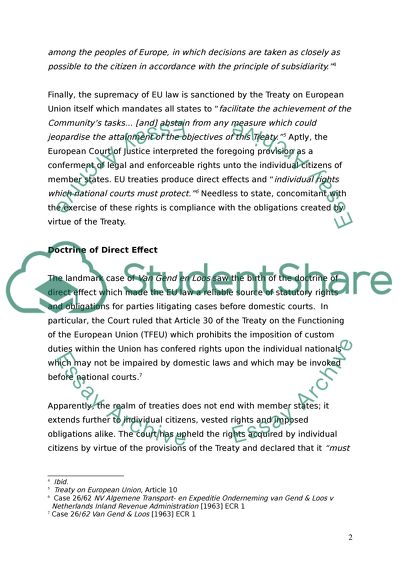Cite this document
(“Direct effect in the EU Law Essay Example | Topics and Well Written Essays - 2500 words”, n.d.)
Retrieved from https://studentshare.org/law/1401996-direct-effect-in-the-eu-law
Retrieved from https://studentshare.org/law/1401996-direct-effect-in-the-eu-law
(Direct Effect in the EU Law Essay Example | Topics and Well Written Essays - 2500 Words)
https://studentshare.org/law/1401996-direct-effect-in-the-eu-law.
https://studentshare.org/law/1401996-direct-effect-in-the-eu-law.
“Direct Effect in the EU Law Essay Example | Topics and Well Written Essays - 2500 Words”, n.d. https://studentshare.org/law/1401996-direct-effect-in-the-eu-law.


